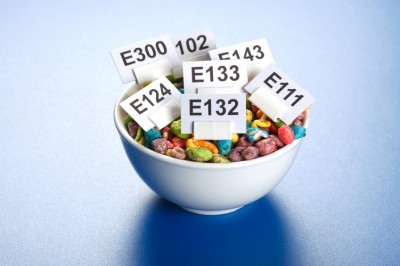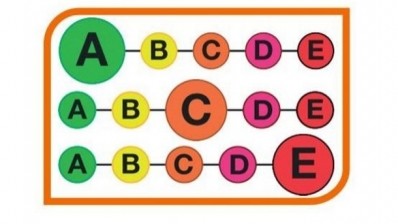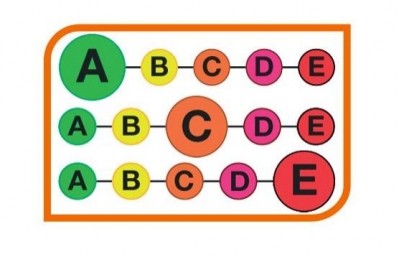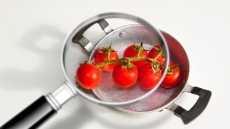French colour-coded nutrition labels hailed as ‘antidote to food marketing’
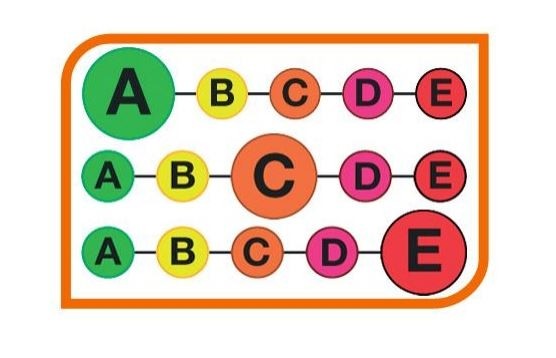
The study, conducted in conjunction with consumer organisation UFC, examined how the colour coding system – proposed by Professor Serge Hercberg in early 2014 – would work for 300 foods. Its authors said the scheme was not only a useful tool to help consumers choose healthier options, but also avoided stigmatising any particular food category.
“The study demonstrates the effectiveness of this system to identify the nutritional value of foods, and more generally to put together a balanced diet every day,” UFC-Que Choisir said in a French language statement. “Therefore, UFC-Que Choisir asks that this should become the official simplified labelling model by law.”
The consumer groups suggest the model should become the official front-of-pack nutrition labelling code under a proposed Public Health Act, to be used on a voluntary basis by food and drink manufacturers.
Five-point colour code scale
They call it an effective antidote to nutritional marketing, pointing to on-pack marketing of ‘reduced salt’ or ‘reduced fat’, and products that over-emphasise the importance of a particular nutrient, which may lead consumers to think a product is healthier than it actually is.
The colour coding takes into account saturated fat, sugar, salt and calories – and in some circumstances protein, fibre, fruits, vegetables and nuts – and combines the results on a five-point scale with dots coloured green, yellow, orange, pink or red. A red dot indicates a product that should be consumed rarely or in limited quantity, while a green dot indicates one that should be consumed daily or in greater quantity.
UFC-Que Choisir cites breakfast cereals like Special K and Nestlé Fitness, whose marketing campaigns emphasise slimming. However, both would carry an orange dot, as would most standard children’s cereals. Similarly, ‘Taillefine 0% with sweeteners’ would carry a yellow dot, like most yoghurts, while colours for fruit snacks ranged from a green dot for ‘Pom potes sans sucre’ compote, to orange for ‘Na! Stick framboise’, due to its higher sugar content.
The only foods that are currently not included in the colour coded system are oils, cheeses and soft drinks, which are expected to be covered in a future proposal.
The study can be downloaded here (in French).
